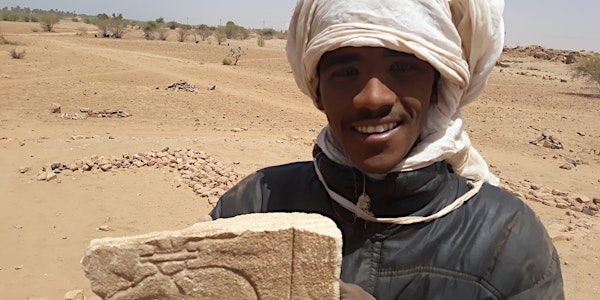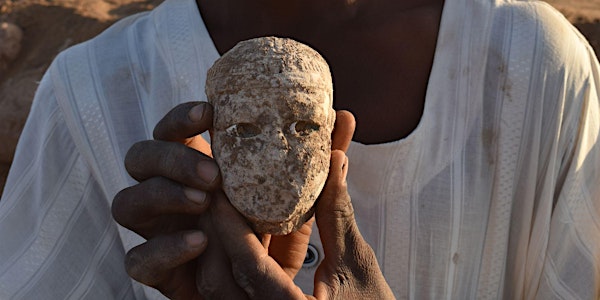Temples in the Farthest South. Natakamani and Amanitore at Wad Ben Naga, Sudan
Pavel Onderka
Curator of Egyptian and Nubian Antiquities
Head of the Archeological Expedition to Wad Ben Naga
National Museum – Náprstek Museum of Asian, African and American Cultures, Prague
Over the past 15 years, the Archaeological Expedition to Wad Ben Naga (National Museum, Prague) uncovered two temples built by King Natakamani and Queen Amanitore, who ruled over the Kingdom of Kush in the mid-first century CE. One temple, known as the Typhonium (WBN 200), was dedicated to the goddess Mut in her capacity of the Distant Goddess, and sought inspiration in the rock-cut temple of Mut (B 300) built by King Taharqo (ruled 690–664 BCE) at the foot of Jebel Barkal. The other temple, known as the Isis Temple (WBN 300), was designed as a Meroitic copy of the Great Temple of Isis on the Island of Philae. During the temple’s excavations, one of the most extensive collections of texts in Egyptian language and script from the Meroitic period (270 BCE – 330 CE) was discovered. When combined, texts, decorative program, temple equipment and architecture of the two temples provide a complex insight into the religious and ideological program of the royal couple and shed light on political processes underway during their reign.
In person and online: Registrants will receive a Zoom link upon registration. The lecture will be recorded.


